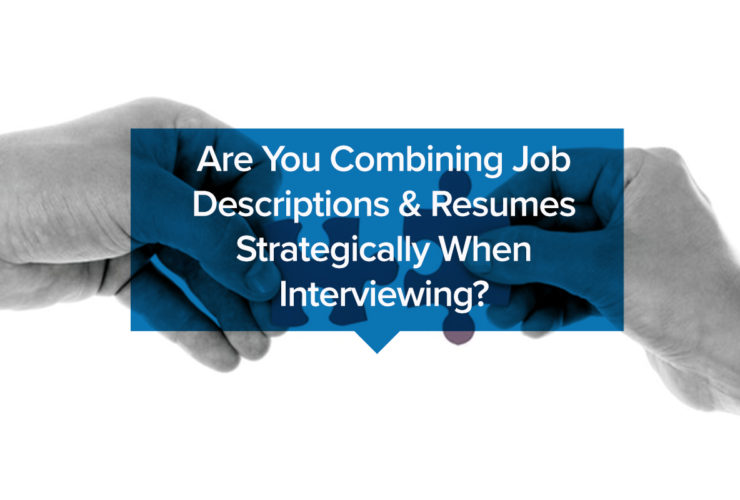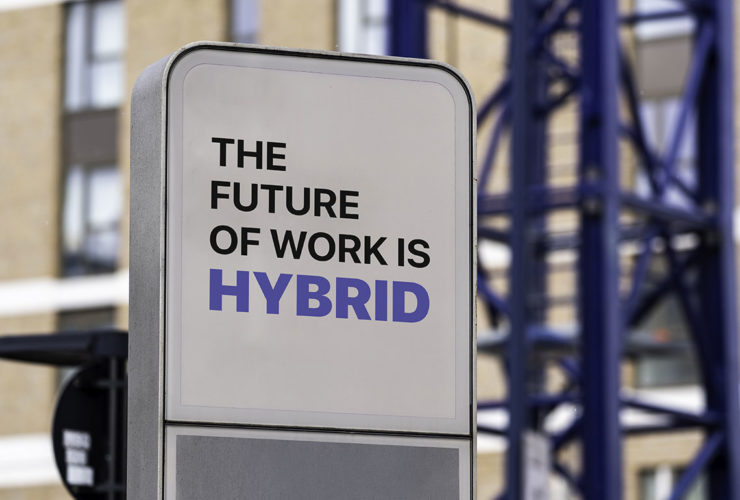A hiring manager’s worst nightmare is bringing in the wrong person for the job. There’s cold comfort knowing that it happens often in business, but that doesn’t excuse the hiring manager from responsibility.
So, what do you do in these situations and how do you work on preventing it in the future? Here are some suggestions.
Why Do Bad Hires Happen?
The first is a bad hiring process. Recruitment systems have to be tuned to draw the right candidates for the right job, but current recruiting systems (especially resume scanning systems) can create a lot of false positive matches. Such systems are easy to game. This means humans do need to review resumes.
It also means that job postings must make sense. A well-known complaint in IT is a job posting that asks for five years of experience in a technology that’s only been out for two. Silly mistakes like these are unprofessional and invite people to game the system by dangling out lies about how they match impossible requirements.
This leads to the second reason, bad communication. Recruitment teams absolutely must communicate with managers about the real necessities of the job. Making any sort of assumptions about the technologies, skills, and education necessary without managerial input is a royal road to bad hires. HR must also know enough about the specifics of these requirements to judge hires in interviews, or bring in whoever the direct report will be for the candidate into the interview so they can weigh in.
A bad reputation (reason three) can also be an underlying problem, though this usually stems from bad communication. For instance, the candidate’s assumptions about a job might not match the reality of it and create a bad hire because of the mismatch. Alternatively, a division in the business might have friction with HR or a particular recruiter due to a personality conflict or a history of bad hires.
The Earlier The Better
The sooner you can identify a bad hire, the better. The trouble is that there are many reasons a candidate might be bad. We’ll set aside HR violations in this article and focus on job performance issues.
The first thing is to identify the problem hire. This can only be done through regular communications with managers, especially in the first year of a hire. HR professionals aren’t psychic, and a manager might want to keep a likable but incompetent hire around due to a workplace friendship. Managers must put the health of the business over their workplace relationships, and a regular checkup can help them keep that in mind.
The sooner you can identify, the better, preferably within the first three months. But the only way to catch a bad hire that soon is to communicate regularly with managers about new hires.
Staying Accountable
It’s only natural to want to shift the blame to others on the team. Perhaps it was the applicant’s fault that they weren’t completely honest with you. Perhaps there was a disconnect between the hiring manager and the manager of the department. Whatever the issue was, you’re ultimately the one responsible for the bad hire. And for that, it’s necessary to take ownership.
The best managers in the world are the ones who are able to take responsibility for their actions and take measures to prevent mistakes from happening again. Mistakes happen, but it’s the recovery that will make you shine.
After you’ve acknowledged a bad hire was made, it’s time to go into recovery mode. How do you fix the error that was made? You’ve got several options.
Remove the Bad Hire
It’s obvious that the person isn’t working out for your company’s needs in the position that you hired the person for. Removing them outright from the company may be the best option. Try not to let the time and money invested in the person overshadow the debilitating effects that the person may have on your bottom line.
Retask the Bad Hire
Everyone has strengths and weaknesses, and sometimes the weaknesses may show up in the position that the person was hired for. That’s okay. It happens. If the person has a good attitude and is eager to learn, retasking them for a different but related position might be the better option than removing them outright.
Interview the Bad Hire
Make it important to get good, quality feedback from the person and rely on communication to give you insights into why the bad hire was made in the first place. Are the problems that you’re having systemic, or are they with the person? A good exit interview will clear the air and pave the way for clarifying and refining your hiring processes. The idea here is that even when you make a mistake, you should take measures to avoid having the mistake happen again.
Hiring badly can cost employers thousands of dollars, in the salary, training, and retraining that’s necessary after it’s been made. Fortunately, mistakes can be recovered from and made things of the past. While nothing can truly remove all of the bitterness that a bad hire leaves, it is possible to recover.







